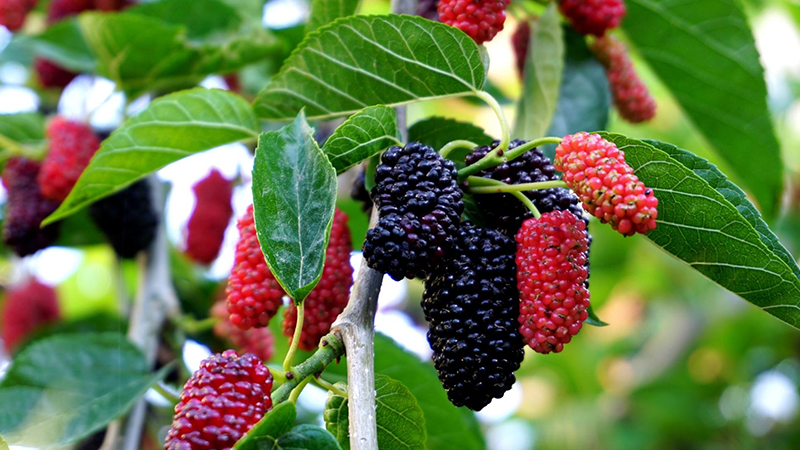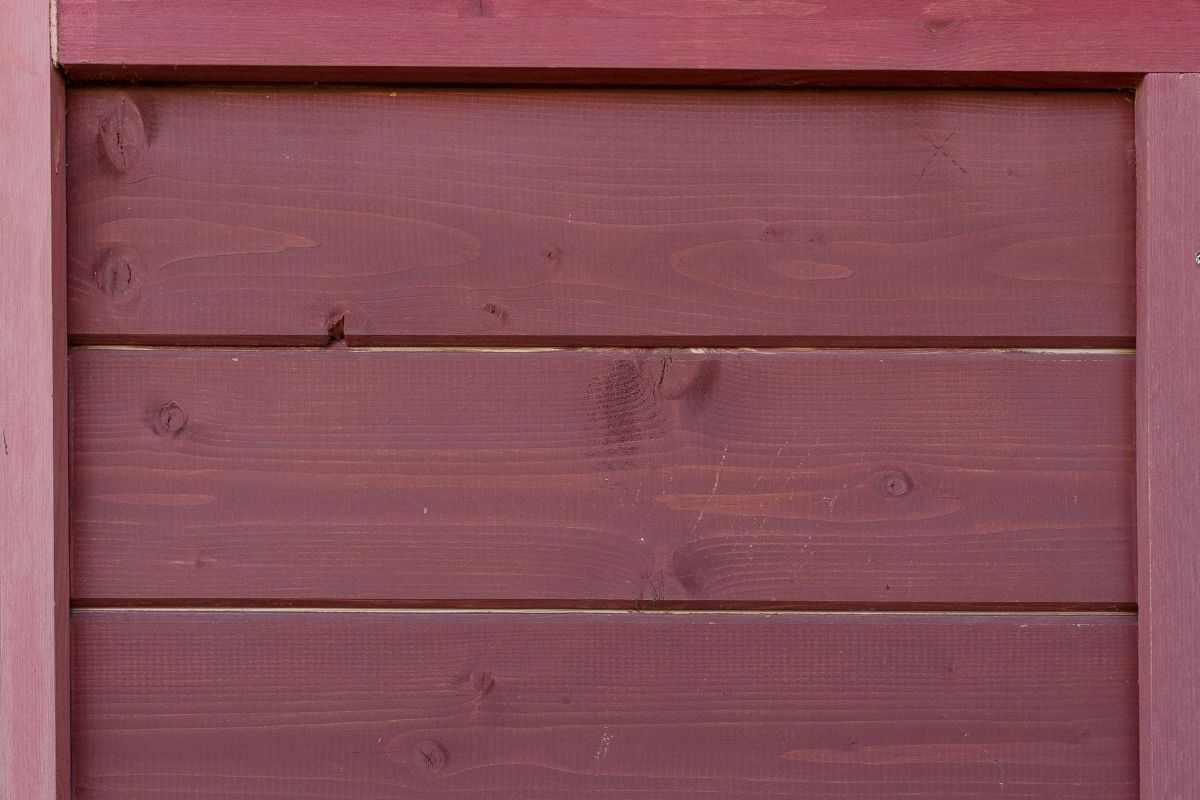What Color Is Mulberry? About Mulberry Color
Are you curious about what color is mulberry? Stick around as we share information about this deep color.
When we hear the word mulberry, one thing that comes to mind is the song: “here we go-’round the mulberry bush.”
And if that’s what you think of, we’re right up there with you. After all, this is where the mulberry color actually gets its name from.
Although you may be familiar with mulberry fruit and the children’s song, few people know what the color mulberry is and what it symbolizes.
Thankfully, we will tackle the color mulberry in this article, so stay tuned until the end.
What Is Mulberry?

First of all, mulberry is actually a type of fruit that comes from mulberry trees. These fruit-bearing trees grow in various parts of Asia and North America due to their ideal temperatures.
While most are cultivated for food, other varieties are used for ornamentation.
Mulberry fruits or berries come in different colors, but the most common of these is the deep reddish-purple hue that we know today.
Apart from this, mulberries bear similarities to blackberries in terms of size, shape, and color. Most ripen into red or purple colors, as well as white and pink varieties.
Red mulberry grows in the eastern part of North America and it is the largest of the whole genus.
These trees produce fruit that is dark purple, at times tinged with red and vice versa.
What Color Is Mulberry?

Now that we know more about mulberries, discussing the color of mulberry will be quite easy.
As mentioned, the color mulberry gets its name from the fruit itself, which bears a strong purplish-red hue. Looking closely at it, this deep purplish-red color resembles a deep plum hue.
This is also representative of the famous mulberry pie and jam made from mulberry fruits.
Mulberry was first used as a term to describe and designate color in 1776. Later, Crayola added it to its roster of crayon colors starting in 1958 until 2003.
Crayola was not the only one to add mulberry to its roster, as Prismacolor also released a mulberry-colored pencil under the number 995.
As mentioned, the color mulberry is a strong purple color with a mix of red in it. In many ways, it is like a raspberry color.
Not only do they have strong similarities to one another, but they also look alike when they are not yet ripe.
As a matter of fact, raspberry is used interchangeably to describe mulberry in parts of Latin America.
What is Mulberry Color Codes?
The color mulberry has a hex code of #C54B8C.
On the HSV representation model, on the other hand, mulberry has a hue of 285 degrees, a saturation of 67%, and a value of 75%.
Meanwhile, on the RGC color scale, mulberry contains 197% red, 75% green, and 140% blue.
This color mainly comes from the red and purple family and is a mixture of magenta and pink.
What the Color Mulberry Means
Mulberry bears are both red and purple. With its deep hue, it can symbolize fiery passion, love, and even lust and mystery.
Moreover, mulberry also has implications for anger and war. At the same time, it can also symbolize ambition and has links to nobility and power.
Since mulberry is a deep purple and red hue, it can also symbolize a life-giving force, such as blood, and even vitality.
However, the tree itself holds meanings, such as wisdom and patience. And so, by extension, the color mulberry has these associations as well.
Learn How to Use the Color Mulberry
Because mulberry is a deep purplish-red, it can be an exciting change for anyone looking to switch their hair color for something more daring.
While a mulberry color would indeed be eye-catching, it would blend well with darker hair, as if it were merely a trick of the eye.
If you are planning to use it elsewhere, such as your house, you should know that mulberry works with a ton of other hues.
Since emerald or green is at the opposite end of the spectrum, it pairs well if you’re going for a complementary palette.
However, if you want analogous colors, or colors that are related or are near each other on the color wheel, going for reds or purples is your best bet, including the likes of deep fuchsia.
Since it errs on the darker end of the spectrum, pairing it with deep jewel tones, such as emerald and sapphire, can also tie the whole look together by adding a bit of harmony.
The Bottom Line
Mulberry is a rich, deep color that’s as interesting as they come. Now that you have a more solid grasp of this color and what it pairs with, you can try your hand at mixing and matching and make any look or space come alive.
Read Latest Posts

Hi, I'm Anthony Tran! Welcome to my site. I live in Arizona and am obsessed with all things related to building an Online Business and working from home. Learn about my journey here.
Follow Online




